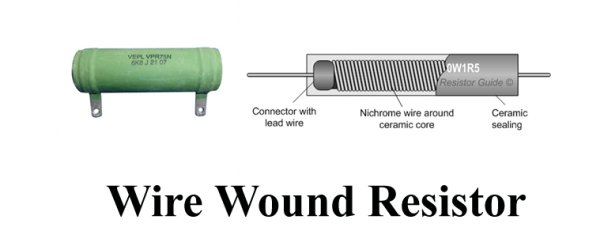60wag
Rising Sun Member
- Joined
- Aug 23, 2005
- Messages
- 2,476
I’ve been wanting to do a tune on both my ham and CB antennae for a while. Both of the radios work, but neither works well. The attached word doc has the pictures and graphs pasted into it. below is just the text of the doc.
I have 3 SWR meters. After playing with all of them, I found that only one of the them produces information that appears credible. The Workman seems to do what its supposed to.
I started with the CB because the antenna has an adjustable whip on it, unlike my 2 ham antennae. On the CB antenna, the steel whip has a set screw to hold it to the base. There Is 1.2” of adjustment from fully seated to falling out. I ran the antenna length over the full 1.2” range and got no change in SWR. It stayed at 2.4 with no change. This made me question the function of the meter.
Rather than cutting material from the only steel whip that I have, I found a length of solid aluminum wire that was the right diameter, and made a temp whip that I could start out at too long and keep cutting it until it was too short. Here is what I measured: (got the SWR down to 1.4)
I did find a nice drop in the SWR around 29.0 inches, which is good but is a full 9” shorter than the stock whip. This seems odd. Does being aluminum have anything to do with it? The antenna has a base coil on it so I don’t know what the theoretical length of the antenna should be.
Next, I moved on to the ham radio. I have two antennae for that. One is a stubby SBB1 that isn’t adjustable, but I was able to measure it with an SWR of 2.0. Not great but tolerable.
The other antenna is an SB14 that I pickup used somewhere, sometime ago. It worked but never really worked well. I recently looked up the specs on it and realized that the thing had been modified by someone before I got it. Not sure how I missed it but it is about 2/3 of what it is supposed to be. I have the base and one of the phasing coils but the 2nd one is gone. The current SWR on the antenna is 2.5. I figured I could run it through a similar test as the CB antenna with a length of aluminum wire. Here are the results: (got SWR down to 1.5)
I only tested at one frequency since this is close to where I normally use the radio. So, would a 35.75” steel whip on this base make sense? I actually could use the 38” whip from the CB antenna to make this one.
I have 3 SWR meters. After playing with all of them, I found that only one of the them produces information that appears credible. The Workman seems to do what its supposed to.
I started with the CB because the antenna has an adjustable whip on it, unlike my 2 ham antennae. On the CB antenna, the steel whip has a set screw to hold it to the base. There Is 1.2” of adjustment from fully seated to falling out. I ran the antenna length over the full 1.2” range and got no change in SWR. It stayed at 2.4 with no change. This made me question the function of the meter.
Rather than cutting material from the only steel whip that I have, I found a length of solid aluminum wire that was the right diameter, and made a temp whip that I could start out at too long and keep cutting it until it was too short. Here is what I measured: (got the SWR down to 1.4)
I did find a nice drop in the SWR around 29.0 inches, which is good but is a full 9” shorter than the stock whip. This seems odd. Does being aluminum have anything to do with it? The antenna has a base coil on it so I don’t know what the theoretical length of the antenna should be.
Next, I moved on to the ham radio. I have two antennae for that. One is a stubby SBB1 that isn’t adjustable, but I was able to measure it with an SWR of 2.0. Not great but tolerable.
The other antenna is an SB14 that I pickup used somewhere, sometime ago. It worked but never really worked well. I recently looked up the specs on it and realized that the thing had been modified by someone before I got it. Not sure how I missed it but it is about 2/3 of what it is supposed to be. I have the base and one of the phasing coils but the 2nd one is gone. The current SWR on the antenna is 2.5. I figured I could run it through a similar test as the CB antenna with a length of aluminum wire. Here are the results: (got SWR down to 1.5)
I only tested at one frequency since this is close to where I normally use the radio. So, would a 35.75” steel whip on this base make sense? I actually could use the 38” whip from the CB antenna to make this one.
Attachments
Last edited:

